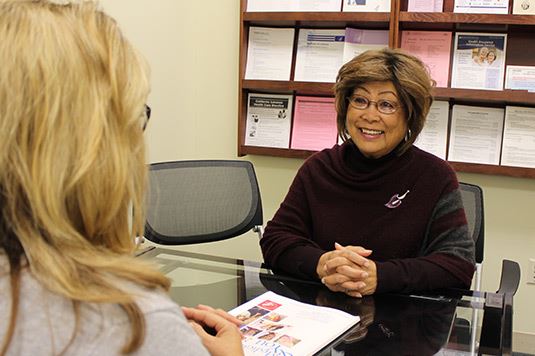
Open Accessibility Menu
Hide
dfh
Close Alert
Close Alert
Author: Leslie Michelson

Each year, too many Americans die as a result of medical errors, while others suffer inadequate or inefficient care as they attempt to navigate our increasingly complex health care system.
You and your loved ones deserve to get the best quality of care possible, but sometimes that’s easier said than done. Between seeking a diagnosis, finding the right physician and getting treatment, there is a lot that can complicate the process. Knowing the steps to navigate the health care system can be the difference between life and death.
In The Patient’s Playbook, I use my 30 years of experience to help patients achieve the best medical outcomes and institutions deliver high-quality health care. By learning from real-life success stories and easy, actionable strategies, patients can navigate their health care dilemmas with confidence.
In The Patient’s Playbook, I explain how to get to the No-Mistake Zone, the place where you feel completely confident about your major health care decisions.
As complex as the American health care system is, finding the No-Mistake Zone can involve a lot of independent research and legwork on the patient’s part. Fortunately, some institutions make it easy.
Washington Hospital, for instance, operates with a patient-first mentality. In fact, a key component of its mission is to provide appropriate employee, professional and community education resources to enhance patient care. I’ve personally worked with the health care system to help them develop their internal and external resources that actively help patients get to the point where they can make informed decisions. Here’s a link to a Community Forum I did with them on this very topic.
Posted September, 2018
About Leslie Michelson
Bestselling author and CEO of Private Health Management, Leslie Michelson
has more than three decades of experience helping patients become their
own best advocates and helping institutions deliver high-quality health
care. In The Patient’s Playbook, he turns this experience into actionable
steps and practical tools that empower readers to achieve the best possible
health outcomes no matter their condition, age or stage of life.
After receiving his B.A. from Johns Hopkins University and a J.D. from Yale Law School, he served as Special Assistant to the General Counsel of the U.S. Department of Health and Human Services as well as CEO of the Prostate Cancer Foundation, the world’s largest source of philanthropic support for prostate cancer research. Currently, he is on the Advisory Board of the UCLA Fielding School of Public Health, the board of the ALS Therapy Development Institute, and frequently speaks to audiences around the world on medical decision-making and personal health care advocacy.